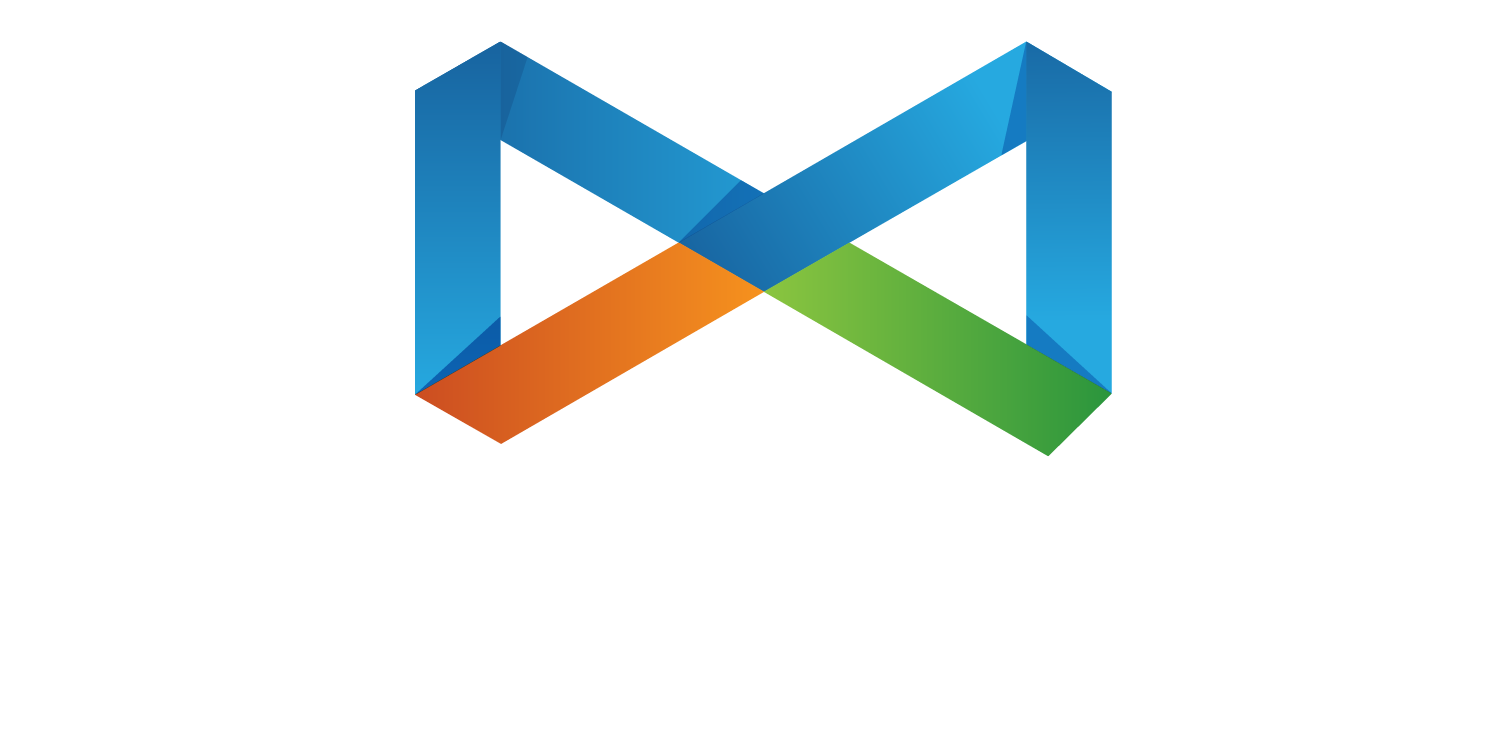Your marketing strategy has a direct bearing on the success your business will have.
If you aren’t in-step with the latest trends, you could end up stalling the growth of your business. It’s important, therefore, to re-think your strategy from time to time.
I recently spoke with Mathew Sweezey, one of the most sought-after marketing thought leaders. Mathew was born in the digital age and taught to embrace things like tech and analytics. Because of that, he has a different perception of marketing than the rest of us.
While here, Mathew explained how the marketing environment has changed and explained something he calls “contextual marketing.”
What Is Contextual Marketing and Why Is It So Important?
Contextual marketing is the marketing version of the Maslow’s Hierarchy of Needs.
Think of it as a pyramid. From bottom to top you have:
- Availability
- Personal
- Authenticity and Purpose
- All Things Combined.
Let’s look at these one-by-one.
1. Availability
Availability means simply being there for our customers and utilizing the technology that allows us to be there.
Mathew pointed out that if someone comes to your website and it’s static – there’s information there but you’re not active – it’s not going to be contextual to that person.
Potential customers have some high expectations: The moment they land on your page, they expect you to understand them and that the information on your website is going to be personal to them.
This is why there’s a heavy investment in systems that allow a website the ability to dynamically change based on individual behaviors. These systems take a lot of data and then do “if then” statements. In other words: “If a person does this, then we change it to make it this offer.”
2. Personal
A lot of people think that if they send out a newsletter to their email list and the email addresses each person by name that they’ve achieved the “personal” aspect of marketing.
While it’s a good idea to do this, you want to make the whole marketing experience a personal one.
Take, for example, Dunkin’ Donuts. They have a competitive advantage because they have a loyalty rewards program, which currently has over five million members.
A loyalty program is personal because they have permission from those in the program to take information and use it to provide their customers with a more personal experience.
These are not pushed messages. Instead, they provide services that the customers can really use, like ordering on-the-go, ordering 24 hours ahead of time, and fast service lines for loyal members.
The best way to look at this is: Whatever you're spending money on should definitely be shifted to the direction of personalized experiences, and you can make it happen with a relatively modest budget.
Matthew encourages you to remember that you want to create an experience for your customer. You can do this by dropping a personal note to all of your loyal customers or somehow engage with them on social media each week.
If you don’t have a budget for a loyalty program, simply make it a goal to reach out to five clients every day/week/month with something personal.
3. Authenticity
Whenever you reach out to someone, it has to be authentic. In the digital world, this means what is expected. What does the person expect from you?
As you get to know your customers, they expect you to behave a certain way toward them.
For instance, if you’re a dry cleaner and know your customer, you can call them by their first name an engage with them about mutual interests.
Online, don’t just post things that are about business. Post things that speak to the relationship you have with your customers.
Something that would not resonate as authentic would be using social media simply to push discounts on your product or services. This is a message – not an experience. And it doesn’t resonate as authentic because it’s not what they’re looking for on social media.
4. Purpose
Purpose has two levels:
- Why is the person there?
- What do they get out of it?
So, in the context of social media – why is the person on social media? Typically, getting onto a social media platform is a way for people to escape. How can you use that to your advantage?
Check out what kind of content your customers have in their social media feeds. More often than not, it’s something funny, moving, or inspirational.
A company that has taken advantage of this is Kronos, a software company. They post two different types of content on their Facebook page: Corporate blog posts and a series of comics. The comics get 10 times the engagement of their corporate blog posts.
Why is this? It’s because the comics fulfill the purpose for the person being on social media in the first place. Customers don’t go on Facebook to read a blog about a business, service, or product – they go there to escape. And if you can help them do that, then you have a contextual relationship with them.
5. All Things Combined
All things combined simply means that you make sure you’re hitting all parts of the hierarchy. So, in your marketing efforts, if an experience is there that is personal, authentic, and purposeful – then you have the highest level of context. The result: Engaged customers and improved business growth.
Don’t Get Lost Online – Stay Up-to-Date with Modern Marketing Strategies
In business, as in life, things rarely stay the same.
If you stick to the old way of doing things, you could end up stalling your marketing efforts, or even cause your business to crash and burn.
As entrepreneurs, we have created we want to be successful. Our goal, though, isn’t simply to start a business, it’s to help it grow and thrive.
To that end, it’s important to keep learning and adjusting your strategy to fit the needs of your customer. Doing so will make you attractive to your target market – no matter how our environment evolves.
Would you like more actionable marketing tips from Mathew? Be sure to follow him on Twitter and go through his Slide Share presentations. You’ll get an abundance of useful information!
ABOUT MATHEW SWEEZEY
I’m Principal of Marketing Insights at Salesforce.com, and recently wrote “Marketing Automation for Dummies”, which was published by Wiley. Over the years I’ve worked on some of the most forward thinking direct mail campaigns, changed the way the worlds largest brands use email, and been able to share and learn from some of the brightest minds in business.
From the business side, I’m currently on my 3rd start-up of many to come. My personal belief in marketing is though better understanding, we can have better results. As my good friend Scott Armstrong says, “Better, Not Best”, and I hold this line every day. I’m additionally opposed to the idea of “Growth Hacking” and believe those companies who understand marketing is not a department but a mindset are the ones who will succeed, not the ones who try to cheat the system.
I usually speak about 50 times per year around the world on the topic of marketing, and can be found easily @msweezey on twitter. Currently I do not take any consulting jobs, however am available to speak at events should it be a good fit for the both of us. Good luck with all of your endeavors, and if I can leave you with one tip it would be, never stop learning.














